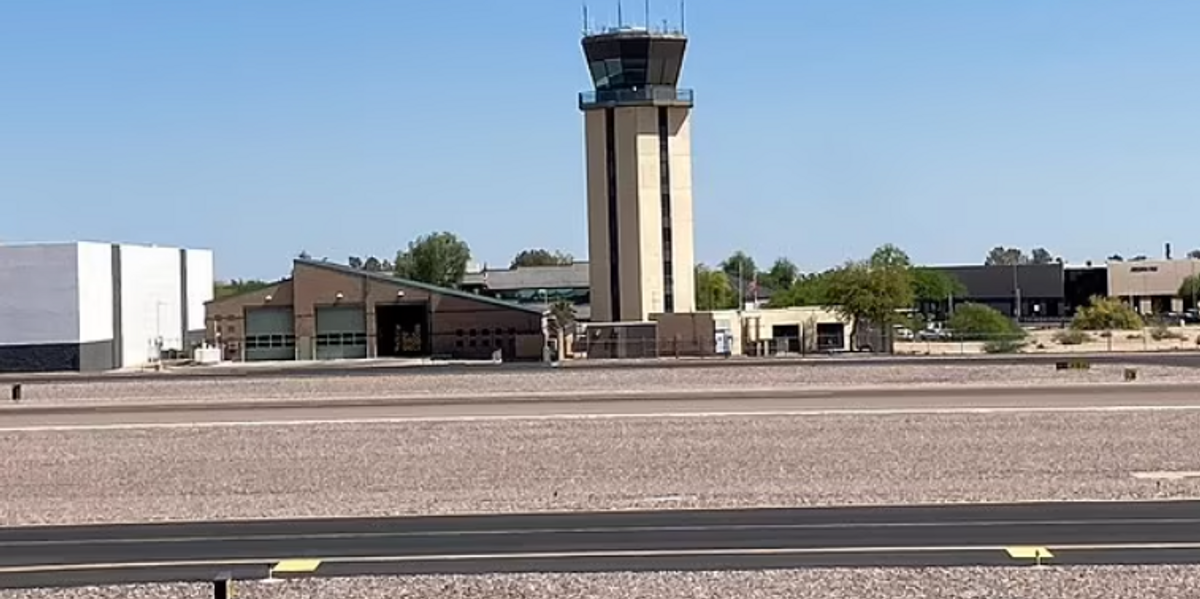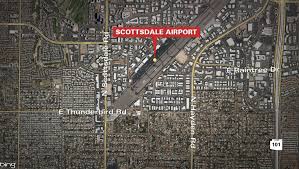On Monday, a tragic incident unfolded at Scottsdale Airport in Arizona when a Learjet 35A veered off the runway after landing, crashing into a Gulfstream 200 business jet. The Federal Aviation Administration cFAAc detailed the collision that occurred around 2:45 p.m. local time, leading to a temporary pause in flights to the airport. The exact number of individuals on board remains unknown. Emergency response teams, including the fire department, swiftly reacted to the situation as the airport's runway was promptly closed.
Speculation and uncertainty surrounded the aftermath of the crash, with officials withholding confirmation about any injuries sustained in the accident. Reports from various sources suggest a grim outlook, with fears that multiple individuals may have perished as a result of the collision. Initial assessments indicated that at least one fatality occurred, while two other individuals were rushed to the hospital for treatment. The severity of the situation is further accentuated by the significant financial value of the aircraft involved, with a new Learjet 35A priced at approximately $4,800,000 and a Gulfstream G200 business jet ranging from $2,850,000 to $7,195,000.
Images from the scene painted a poignant picture of the destruction, portraying two severely damaged aircraft scattered across the runway. First responders swarmed the area in a bid to stabilize the situation and provide necessary assistance to those involved. The impact of such incidents reverberates through the aviation industry, prompting increased scrutiny and potential revisions to safety protocols and operational procedures.
As investigations into the crash commence, the focus remains on understanding the sequence of events that led to the tragic collision. Scottsdale officials, in conjunction with the FAA, aim to unravel the circumstances surrounding the crash and shed light on factors that may have contributed to the runway incident. The temporary grounding of flights serves as a precautionary measure to ensure the safety and security of all air traffic operating in and out of Scottsdale Airport.
The unfolding saga at Scottsdale Airport underscores the inherent risks associated with air travel and the imperative need for stringent safety measures to mitigate such catastrophic events. The aviation community mourns the loss resulting from the collision, emphasizing the importance of continuous vigilance and adherence to established protocols to prevent similar tragedies in the future.
As updates emerge and investigations progress, the aviation industry braces for insights that could potentially reshape safety practices and regulatory frameworks. The spotlight on this unfortunate incident serves as a stark reminder of the fragility of human life in the realm of air travel and underscores the enduring pursuit of enhanced safety standards to safeguard passengers, crew members, and aircraft alike.


